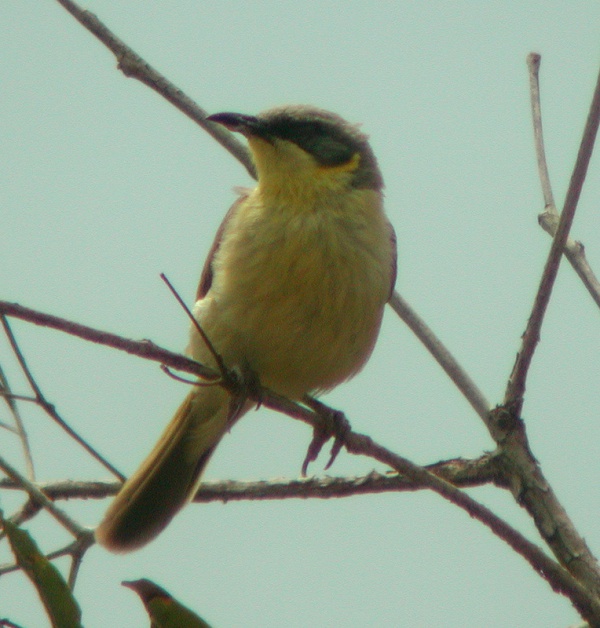Facts About Grey-headed honeyeater
The grey-headed honeyeater is a unique bird species endemic to Australia. First described in 1895 by Alfred John North and named in honor of George Arthur Keartland, this bird has experienced a somewhat convoluted classification history, having been placed in different genera over time. Currently, it is classified under the genus Ptilotula, alongside five other Australian species that share similar features, including plain faces with distinctive coloring.
These birds are relatively small and are easily recognized by their grey crowns and black facial masks. They thrive in various habitats across central Australia. Adults have distinctive plumage with no noticeable sexual dimorphism, though males tend to be slightly larger. Juveniles resemble adults but are paler and have differing bill coloration.
Grey-headed honeyeaters are known for their specific vocalizations and diverse diet, which includes invertebrates and nectar. They are typically seen alone or in pairs but may gather in small groups when food is abundant. While their breeding habits are not well-documented, they are known to build nests low in trees or shrubs.
These birds have a broad range across the arid and semi-arid regions of central Australia and exhibit some nomadic behavior in response to flowering events. Their population is stable, earning them a classification of Least Concern on the IUCN Red List. However, climate change poses a potential threat, as it could impact their diet and breeding habitats, making them vulnerable to habitat loss.
Although the IUCN has not outlined specific conservation actions for the grey-headed honeyeater, general measures such as improved land management and habitat protection would likely benefit the species. Their range overlaps with several conservation areas, which could indirectly aid in their preservation.
